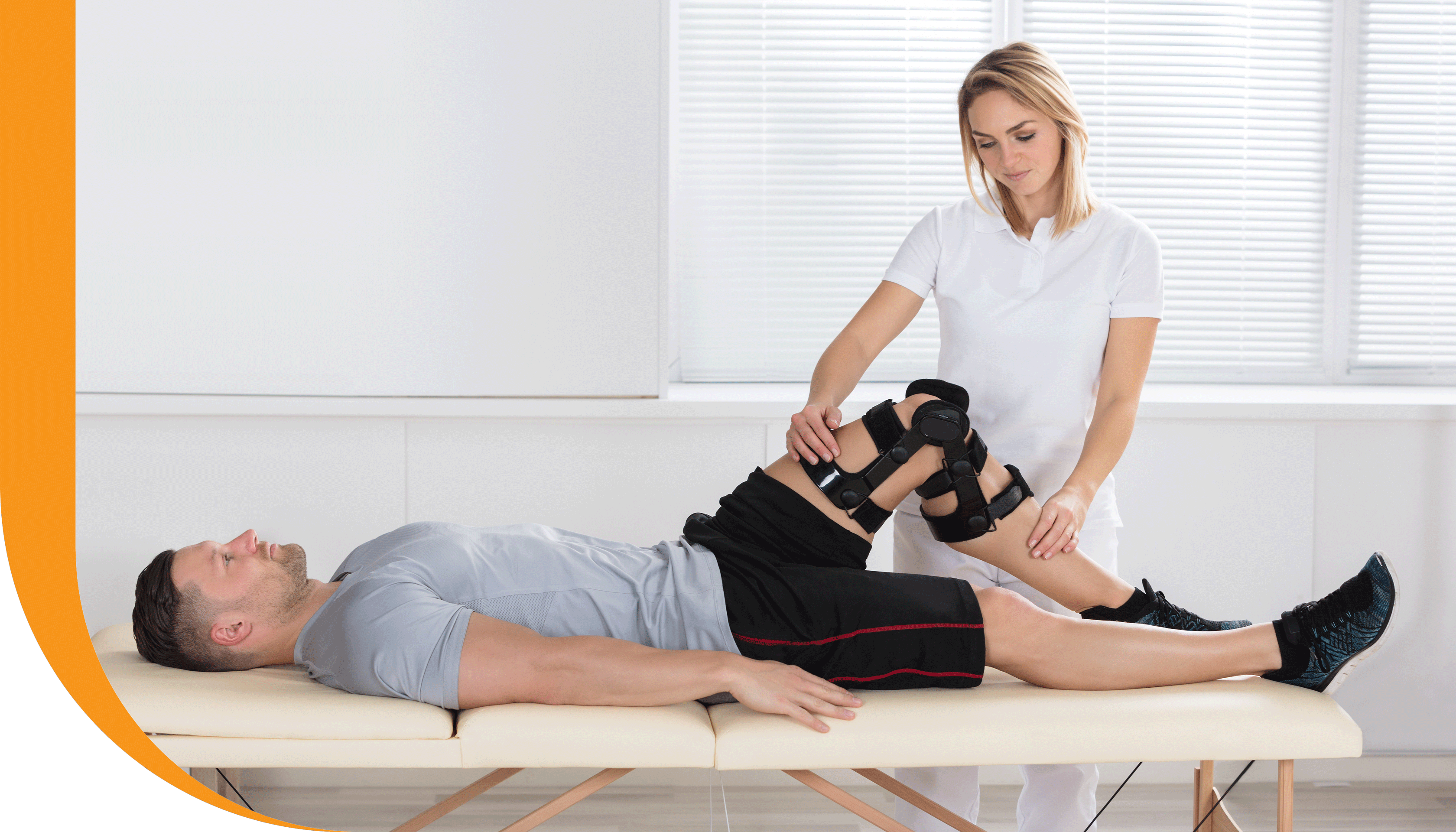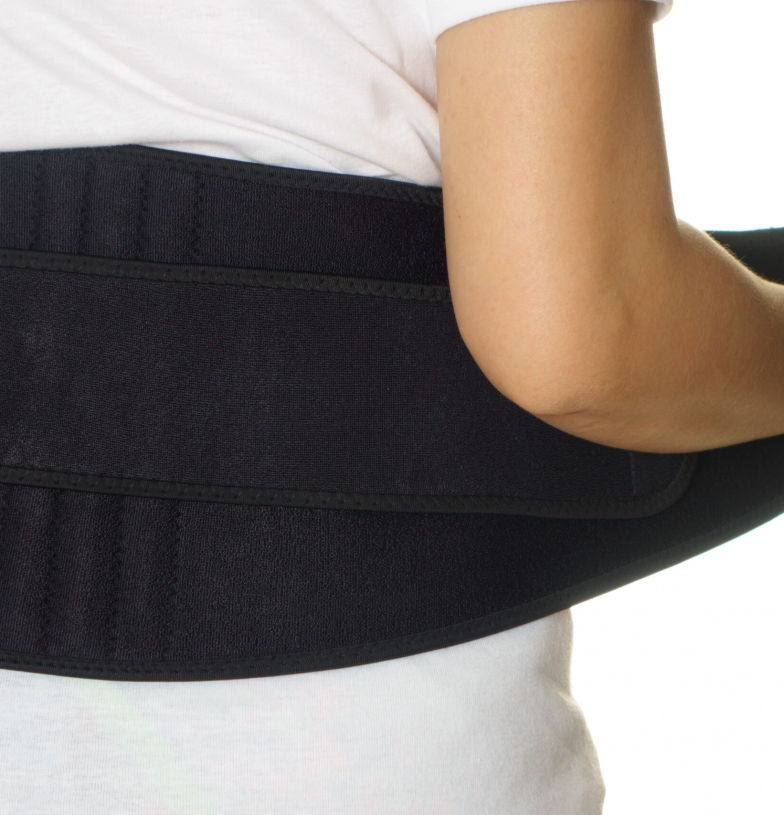Bracing
We provide a variety of bracing that can prevent injuries, help you heal properly, or enable you to be more active. By providing support and stability, Braces can reduce the stress on a joint and relieve pain. And by helping your joint to work naturally, braces can help restore your range of motion and physical abilities.

Symptoms
Braces are used to treat a wide range of injuries and conditions that affect the joints.
That includes everything from sprained ankles to dislocated shoulders.
Just a few examples are:
Injury
Post-operative Rehab
Joint conditions like Arthritis
Conditions related to Athletic Injuries
Jobs involving heavy lifting or repetitive motions
Iliotibial Band Syndrome (ITBS)
Patellar Tendonitis (Jumper’s Knee) and conditions related to Runner’s Knee
That includes conditions such as:
Prophylactic braces
Prophylactic braces are used to prevent injuries. They are worn in situations where there is a high risk of injury, such as jobs involving heavy lifting or athletes who have had a past injury and want to prevent it from coming back.
Rehabilitative braces
Rehabilitative braces are used after an injury to promote proper healing. They do this by immobilizing a joint, restricting movement, and providing compression to reduce swelling.
Functional braces
Functional braces allow more freedom of movement than rehabilitative braces, but are still specially designed to prevent abnormal movements and help injuries heal, They are often used to provide additional support to an injury and enable you to return to sports or activities sooner.
We can provide braces for practically any part of the body. Some common types of braces include:
- Hinged knee braces
- Wrist and thumb braces
- Lower back supports
- Elbow braces
- Walking casts
- Ankle braces
- Leg braces
- Osteoarthritic braces
- Shoulder stabilizers
- Pregnancy back braces
- Rehab jackets


What happens when my braces are put on?
When your braces are put on, it helps you prevent knee injuries during sports or heal after an injury. Some doctors will recommend wearing a brace for knee pain.
Is it safe to wear a knee brace all day?
Yes, it is safe to wear a knee brace all day. You should wear your brace all day or just for certain activities to maximize the healing process. On the other hand, wearing it too much or not enough can cause problems.
How long should you wear a brace for a sprained ankle?
You should wear a brace for a sprained ankle for up to 6 weeks. This will keep the ligaments and joints in place while they heal. It limits motion, provides protection, and helps reduce pain.
Is a splint supposed to hurt?
No, a splint is not supposed to hurt, but if a splint is too tight, it may cause increased pain, and your toes may swell. You may also feel numb and tingling in your hand or foot.
How long does a splint stay on?
A splint usually stays on for about 3 weeks. Most fractures heal well. After healing, your knuckle may look different, or your finger may move in a different way when you close your hand.
Should I sleep with a splint on?
Yes, you should sleep with a split on and try to wear it all night. On the other hand, if you have to get out of bed during the night, you should remove it since you cannot apply weight to the splint.